Piazza di Spagna
Piazza di Spagna
Italy
Rome
Rome Travel Guide
Book Tour & Activities
Your tour in Rome.
Book your stay
Your hotel in Rome.
Overview
Piazza di Spagna, at the bottom of the Spanish Steps, is one of the most famous squares in Rome. It owes its name to the Palazzo di Spagna, seat of the Embassy of Spain to the Holy See. Nearby is the famed Column of the Immaculate Conception of the Blessed Virgin Mary.
Piazza di Spagna, at the bottom of the Spanish Steps, is one of the most famous squares in Rome. It owes its name to the Palazzo di Spagna, seat of the Embassy of Spain to the Holy See. Nearby is the famed Column of the Immaculate Conception of the Blessed Virgin Mary.
The square
In the middle of the square is the famous Fontana della Barcaccia, dating to the beginning of the baroque period, sculpted by Pietro Bernini and his son, the more famous Gian Lorenzo Bernini.
At the right corner of the Spanish Steps rises the house of the English poet John Keats, who lived there until his death in 1821: nowadays it has been changed into a museum dedicated to him and his friend Percy Bysshe Shelley, displaying books and memorabilia of English romanticism. At the left corner there is the Babington's tea room, founded in 1893.
The side near Via Frattina is overlooked by the two façades (the main one, designed by Gian Lorenzo Bernini, and the side one created by Francesco Borromini) of the Palazzo di Propaganda Fide, a property of the Holy See. In front of it, actually in a lengthening of Piazza di Spagna named Piazza Mignanelli, rises the Column of the Immaculate Conception, erected in 1856, two years after the proclamation of the dogma.
The Spanish Steps
The imposing 135-step staircase was inaugurated by Pope Benedict XIII during the 1725 Jubilee; it was released (thanks to French loans granted in 1721–1725) to connect the Bourbon Spanish embassy (from which the square takes its name) to the Church of Trinità dei Monti.
It was designed by Alessandro Specchi and Francesco De Sanctis after generations of long and glowing discussions about how to urbanize the steep slope on the side of the Pincian Hill to connect it to the church. The final key was the one proposed by Francesco De Sanctis: a great staircase decorated with many garden-terraces, splendidly adorned with flowers in spring and summer. The sumptuous, aristocratic staircase, at the summit of a straight sequence of streets leading down to the Tiber, was designed so that the scenic effects increase more and more while approaching to it. In effect, the creation of long, deep perspectives culminating in monumental wings or backdrops was typical of the great baroque architecture. The Spanish Steps were restored in 1995.
Video Travel Inspiration
See Piazza di Spagna on Map
Most Popular Cities

Siem Reap
Cambodia
Ho Chi Minh City
Vietnam
Beijing
China
Paris
France
London
United Kingdom
New York
USA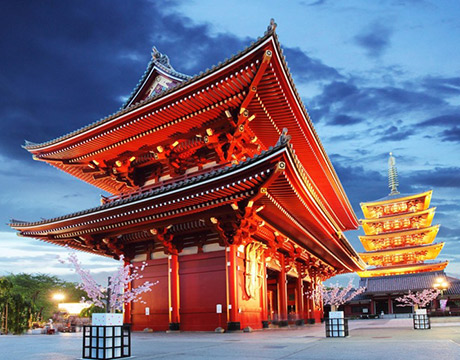
Tokyo
Japan
Bangkok
Thailand
Seoul
South Korea
Vientiane
Laos
Yangon
Myanmar
Washington DC
USA
Los Angeles
USA
Ottawa
Canada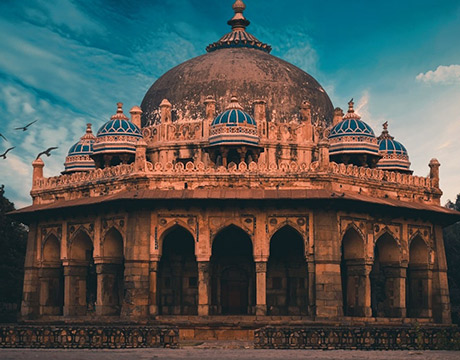
New Delhi
India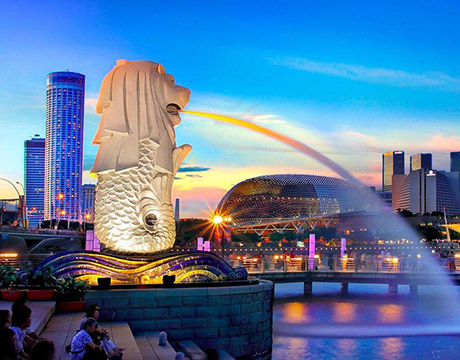
Singapore
Singapore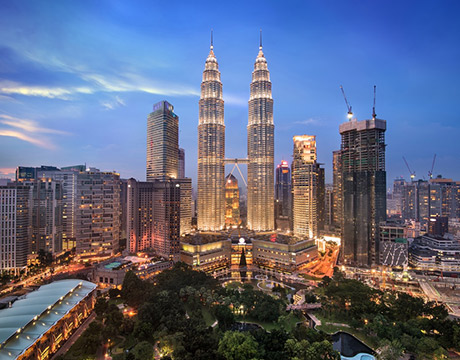
Kuala Lumpur
Malaysia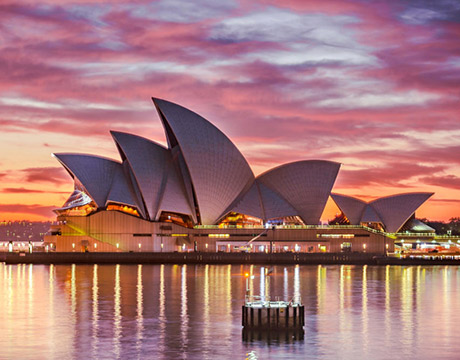
 English
English French
French Khmer
Khmer Thai
Thai Vietnamese
Vietnamese Chinese
Chinese Korean
Korean German
German Japanese
Japanese Italian
Italian Russian
Russian Spanish
Spanish Dutch
Dutch Indonesian
Indonesian Malay
Malay















